According to a new report by Jones Lang LaSalle (JLL) Vietnam titled “From Vision to Action: Accelerating the Greening of Vietnam’s Industrial Sector”, the development drivers of the industrial market, demographic advantages and ongoing green initiatives will act as catalysts for the green transformation journey of this industry group.
Vietnam's initiatives and role in green transformation
In the period 2010 - 2023, foreign direct investment (FDI) in Vietnam has a compound growth rate (CAGR) of 10%, higher than the average of 7.6% of countries in the ASEAN region.

The above indicators show Vietnam’s attractiveness to foreign investors, especially in the context of countries and businesses increasingly paying attention to sustainable factors in business operations. One of the key factors driving FDI into Vietnam is the Government’s strong commitment to transforming the economy towards sustainability, including a commitment to achieve net zero emissions by 2050.
Specifically, the Vietnamese government is currently promoting the use of renewable energy, improving energy efficiency and developing electric transport. These efforts not only help reduce carbon emissions but also create a favorable investment environment for businesses with a sustainable orientation. At the same time, focusing on developing renewable energy sources such as wind and solar power is helping Vietnam gradually assert its position in the region and the world.
Notably, according to the US Green Building Council, the industrial sector is leading the way in green building certification, with more than 70% of projects achieving LEED certification in 2023 being in the industrial sector. This shows that Vietnam is emerging as one of the pioneers in the green transformation of the industrial sector, playing an important role in shaping a sustainable future.
The development of the industrial market in Vietnam is not only driven by economic factors but also by initiatives and policies aimed at improving resource efficiency, minimizing negative impacts on the environment and facilitating sustainable development. The two main factors supporting this process are the strong growth of FDI investment and the implementation of eco-industrial parks.
It can be seen that Decree 35/2022/ND-CP of the Government has laid the foundation for the implementation of eco-industrial parks, with the goal of minimizing environmental impacts and optimizing resource use. Pilot projects such as Amata City Bien Hoa and Deep C Industrial Park are typical examples of the success of this model.
Eco-industrial parks not only focus on improving energy efficiency but also aim to recycle waste and use renewable energy. These are important steps to reduce greenhouse gas emissions and protect the environment. Moreover, the development of these industrial parks also brings great economic benefits to businesses, helping them reduce production costs and improve competitiveness in the international market.
In addition, eco-industrial parks also play an important role in promoting innovation and creativity in the industry. By encouraging the adoption of green technologies and sustainable solutions, these industrial parks are creating a favorable environment for the development of startups and small and medium enterprises (SMEs).
This not only helps to enhance the competitiveness of domestic enterprises but also contributes to attracting more investment from international investors, especially those interested in ESG (Environmental, Social and Governance) factors.
Driving force of industrial market development
It can be said that the Vietnamese industrial market is experiencing a period of remarkable development, driven by a series of strategic factors and unique competitive advantages. In the context of a strongly shifting global economy, Vietnam has emerged as a bright spot in industrial development, especially with green transformation trends and increased sustainability.

Ms. Trang Le, Senior Director of Research and Consulting at JLL Vietnam, commented: “Vietnam’s industrial market is at a pivotal point where adopting sustainable solutions is not only a requirement but also a strategic advantage. We firmly believe that all stakeholders who are aiming to drive sustainable change and seize opportunities in Vietnam’s industrial market will also see the business advantages of green initiatives. Accordingly, JLL is ready to cooperate to accelerate this transformation process."
Vietnam’s exports are forecast to grow at a compound annual growth rate (CAGR) of 6.8% between 2024 and 2030, while domestic consumption is also expected to grow by 6.1% over the same period. These figures not only reflect the strength of Vietnam’s economy but also underscore the role of exports as a key driver of economic development. The e-commerce sector, one of the fastest growing sectors in the region, has seen strong growth with a CAGR of 33.8% between 2019 and 2023, becoming a key factor in driving demand for infrastructure such as warehouses and data centers.
One of the key factors attracting investment into Vietnam’s industrial production and supply chain is its highly educated workforce. With 87% of the working-age population holding a degree, Vietnam ranks second in Southeast Asia in terms of the proportion of educated workers. This is an important competitive advantage, especially as foreign companies increasingly seek lower-cost locations that still ensure high-quality production.
Furthermore, the average wage of workers in the manufacturing industry in Vietnam is only about 34% of that in China, which helps Vietnam effectively take advantage of the "China +1" strategy, a strategy that many businesses are applying to spread production and supply chain risks.
Currently, Vietnam has a total of 40,505 hectares of industrial land spread across both the North and the South, creating a significant land supply to meet the demand for future expansion of production and supply chains. Meanwhile, the strong presence of institutional investors in recent years has made Vietnam’s industrial market and supply chain one of the fastest growing in the region. This not only helps improve market stability and standardization but also enhances transparency, an important factor in attracting foreign investment.
The ready-built factory and warehouse markets are also experiencing interesting developments. While the ready-built factory market continues to show solid performance amid a volatile global economy, the ready-built warehouse market is stabilizing after a period of strong growth. This is supported by the growth of the manufacturing sector and storage demand from manufacturing industries, as well as increasing domestic consumption.
As the industrial sector and supply chains continue to evolve, Vietnam is also seeing increased interest in new potential assets such as data centers and cold storage. Data centers are becoming an integral part of green transformation strategies, as they help manage energy more efficiently and reduce environmental impact. Cold storage, a key element in the food and pharmaceutical supply chain, is also emerging as a bright spot amid increased demand for storage and transportation of temperature-sensitive products.
These trends not only promote sustainable development but also contribute to enhancing Vietnam’s position as an attractive investment destination. The Vietnamese government’s investment incentive policies, together with the expansion of industrial infrastructure, are creating a favorable environment for foreign investors. By leveraging local partnerships and complying with legal regulations, investors can enter the Vietnamese industrial market and contribute to the growth of the economy.
Source




![[Photo] Fireworks light up the sky of Ho Chi Minh City 50 years after Liberation Day](https://vstatic.vietnam.vn/vietnam/resource/IMAGE/2025/4/30/8efd6e5cb4e147b4897305b65eb00c6f)
![[Photo] Feast your eyes on images of parades and marching groups seen from above](https://vstatic.vietnam.vn/vietnam/resource/IMAGE/2025/4/30/3525302266124e69819126aa93c41092)

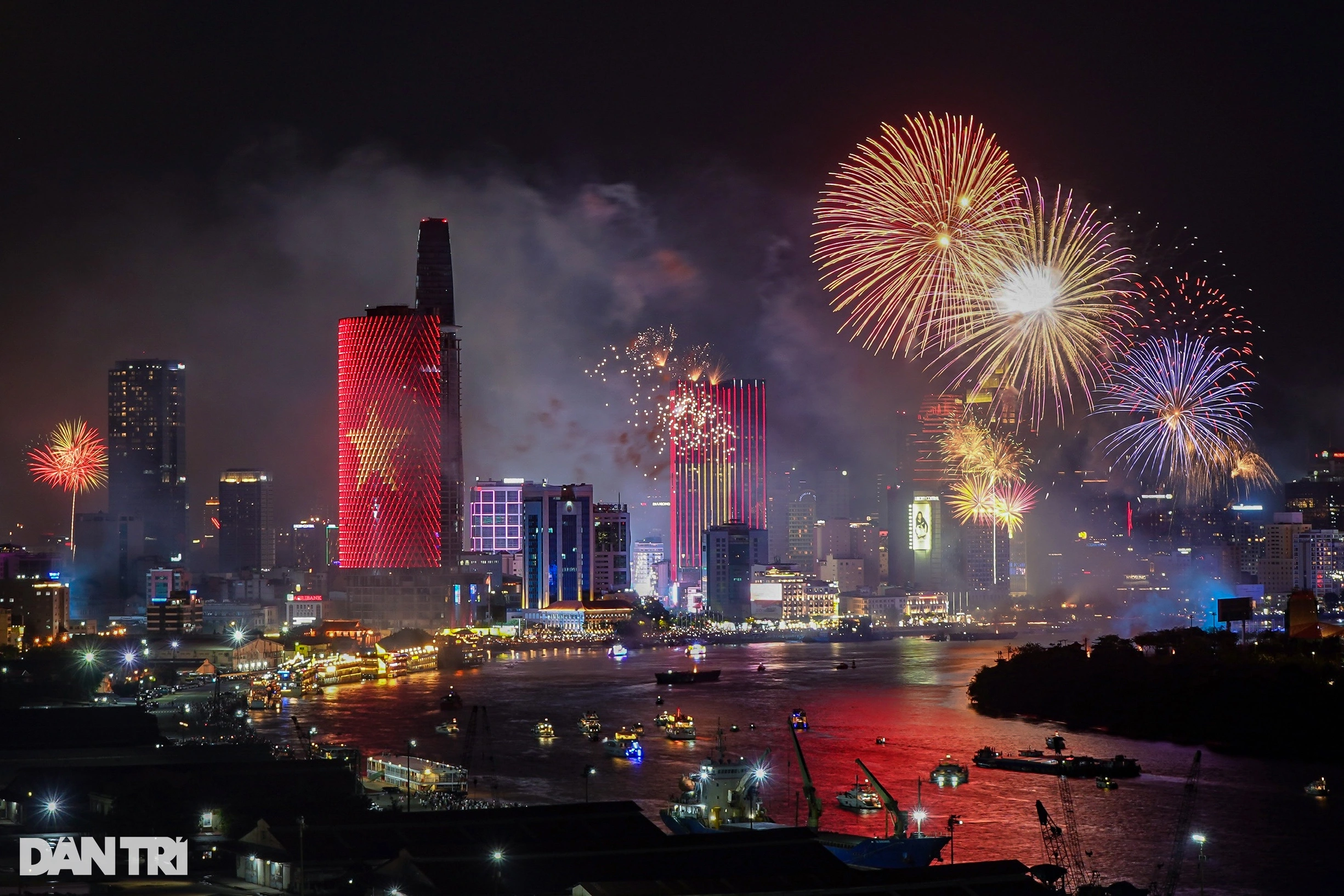
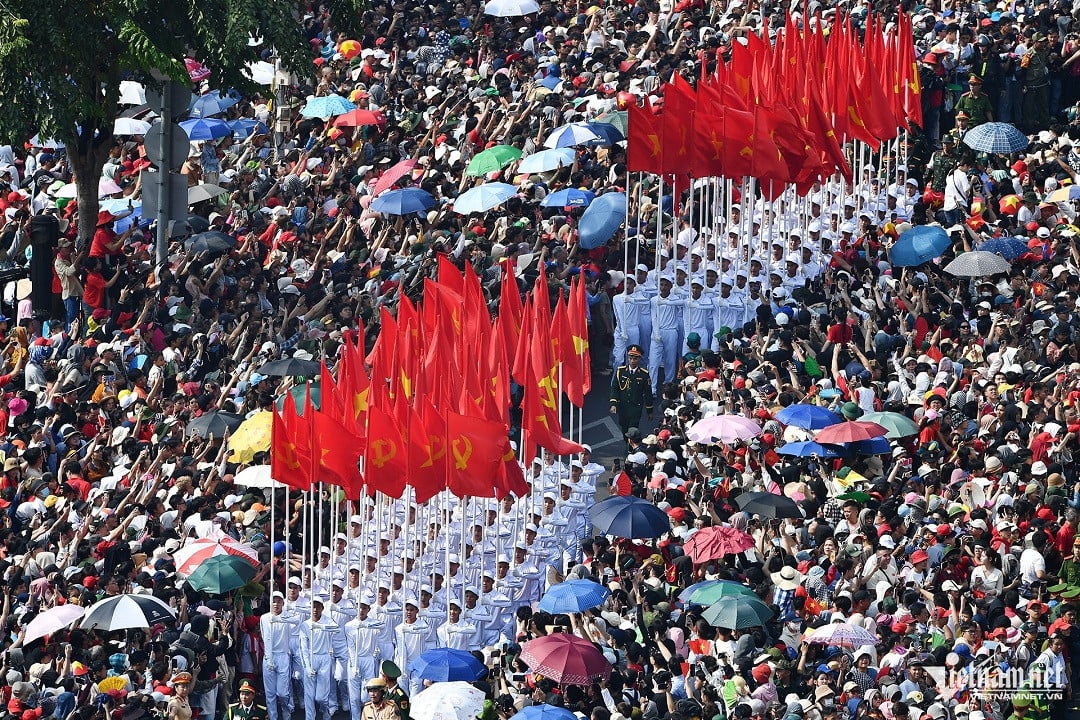



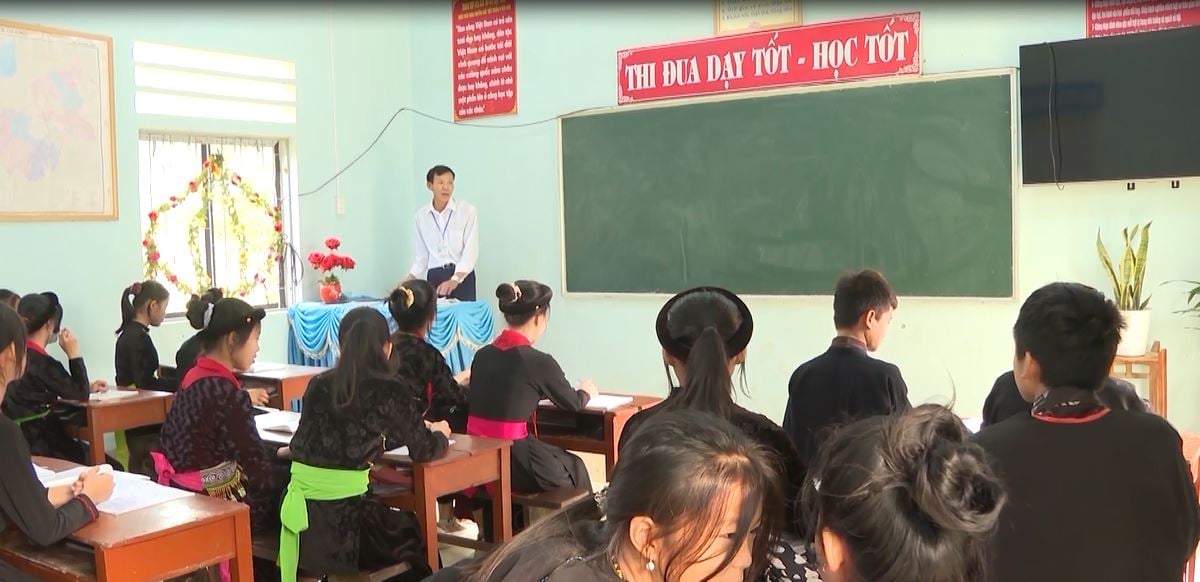
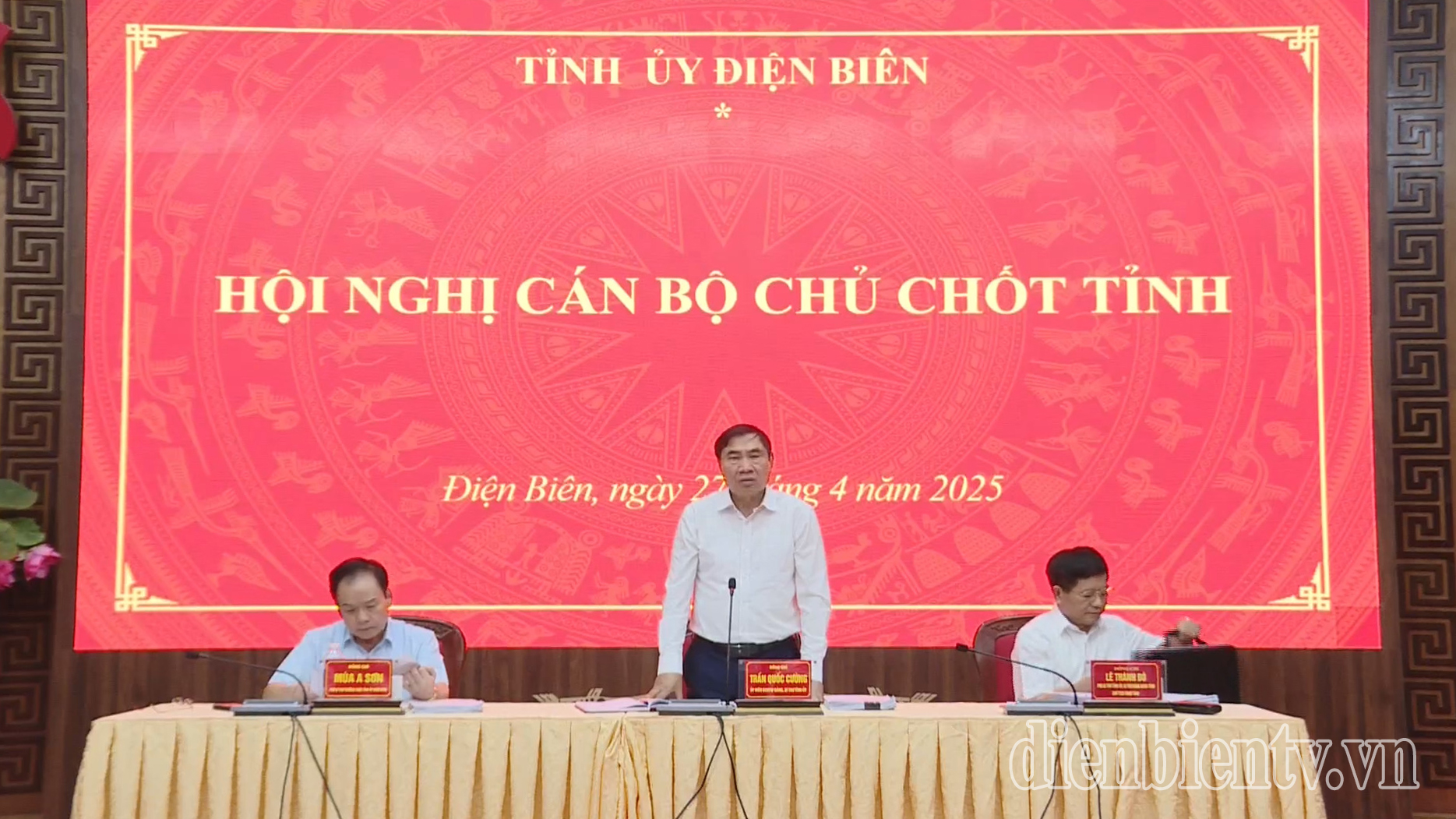

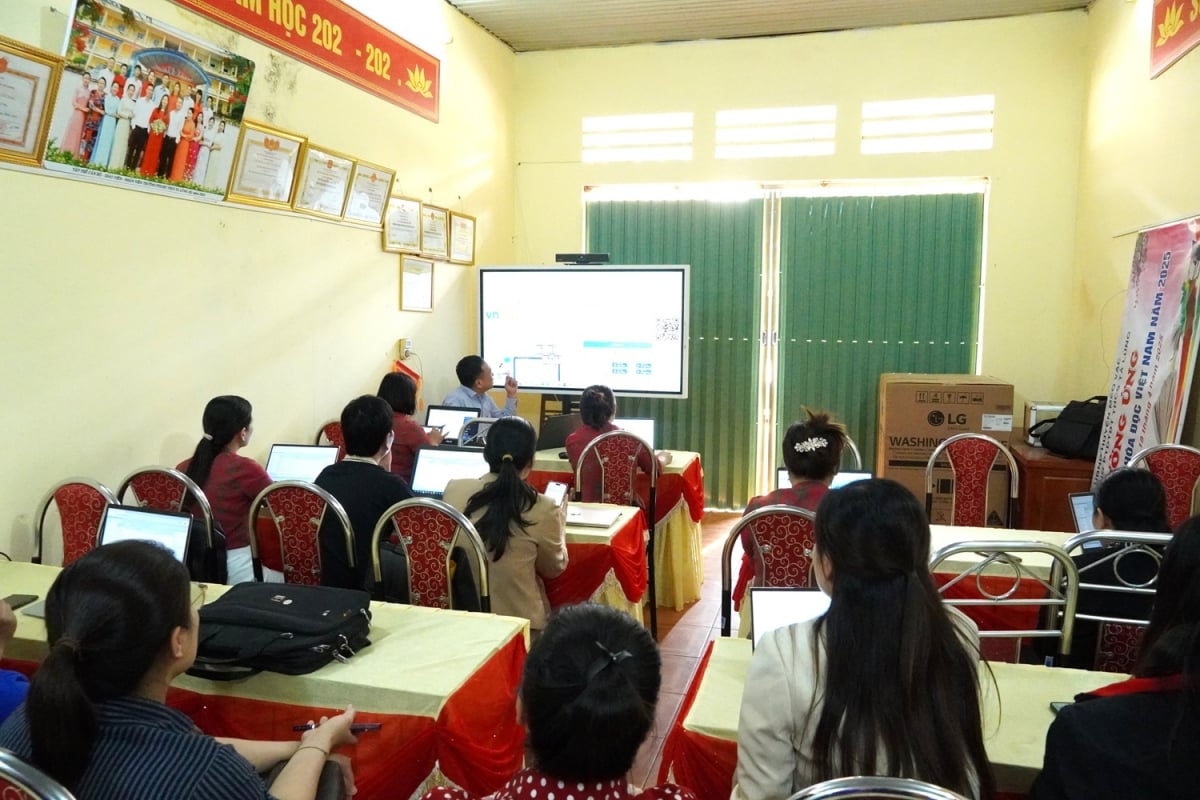


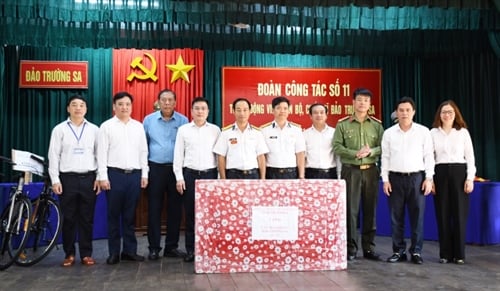






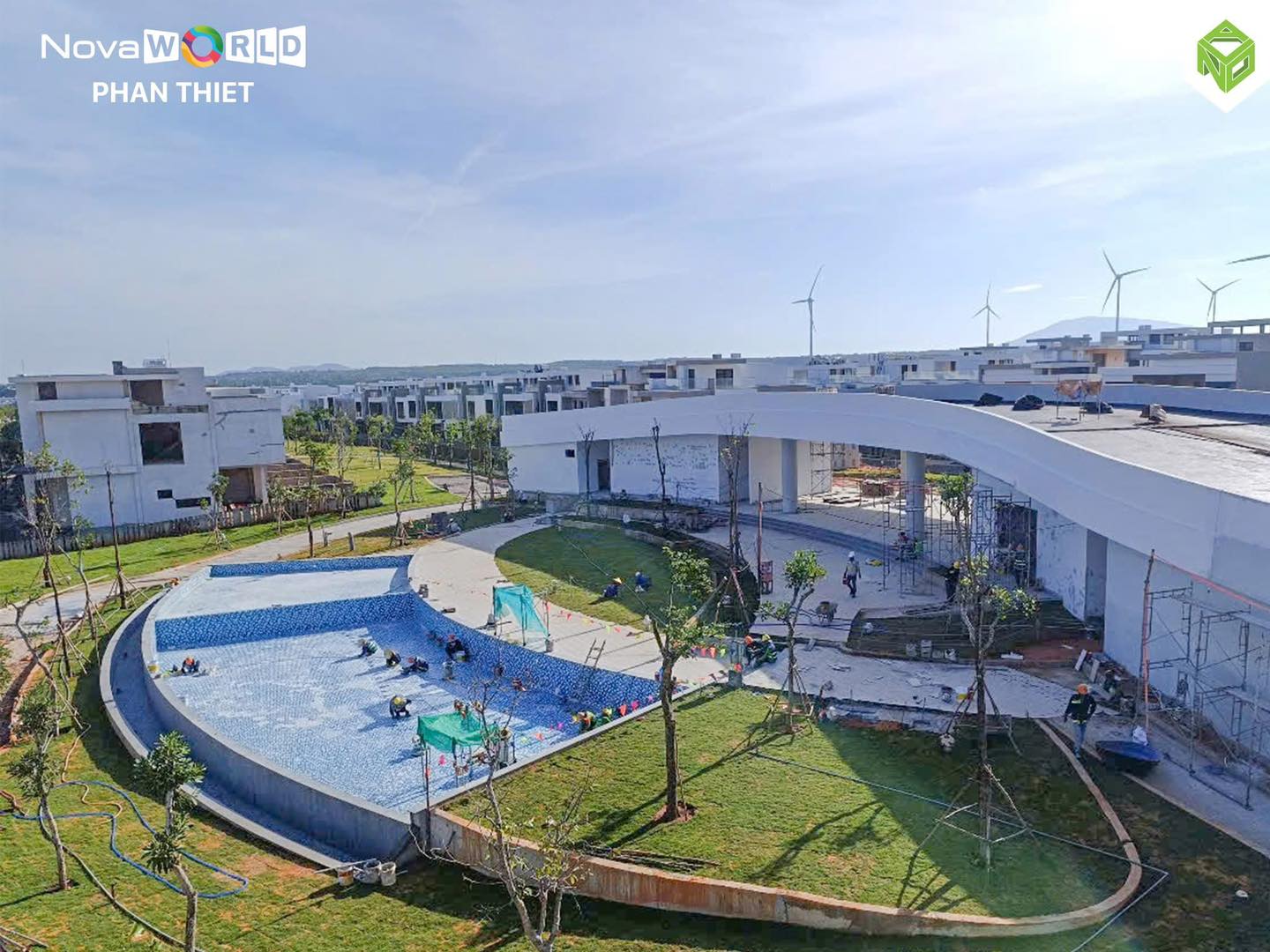



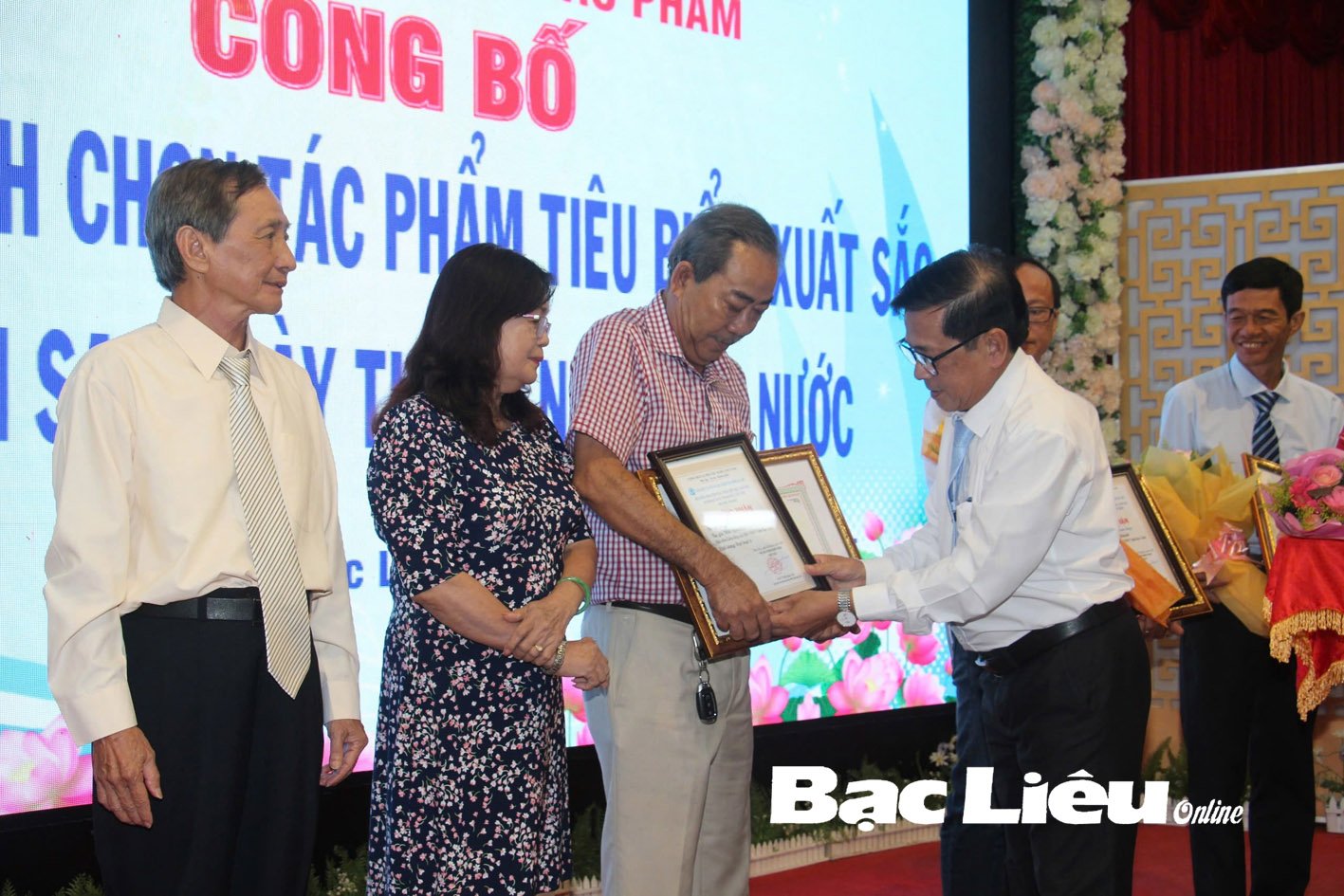
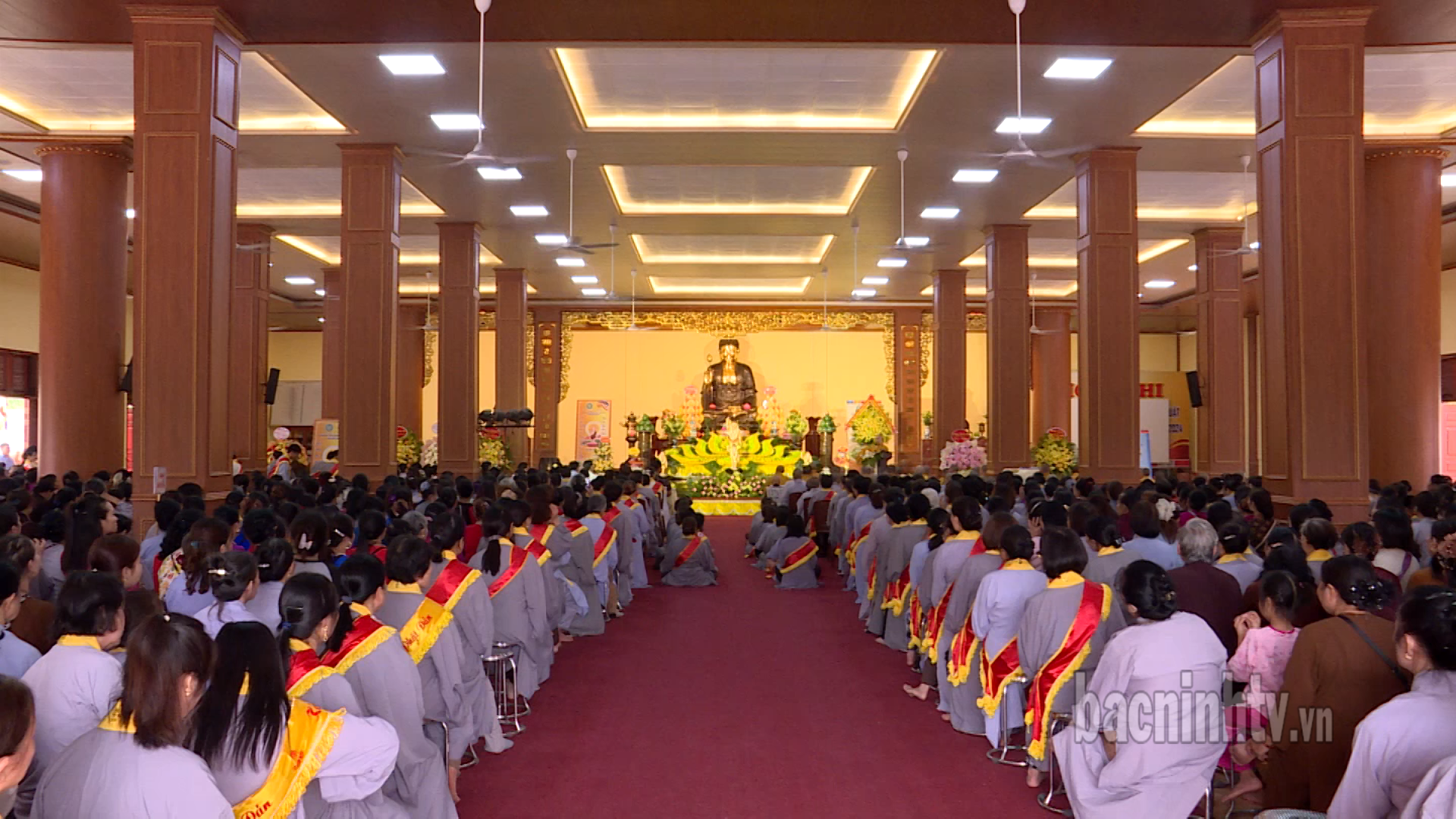
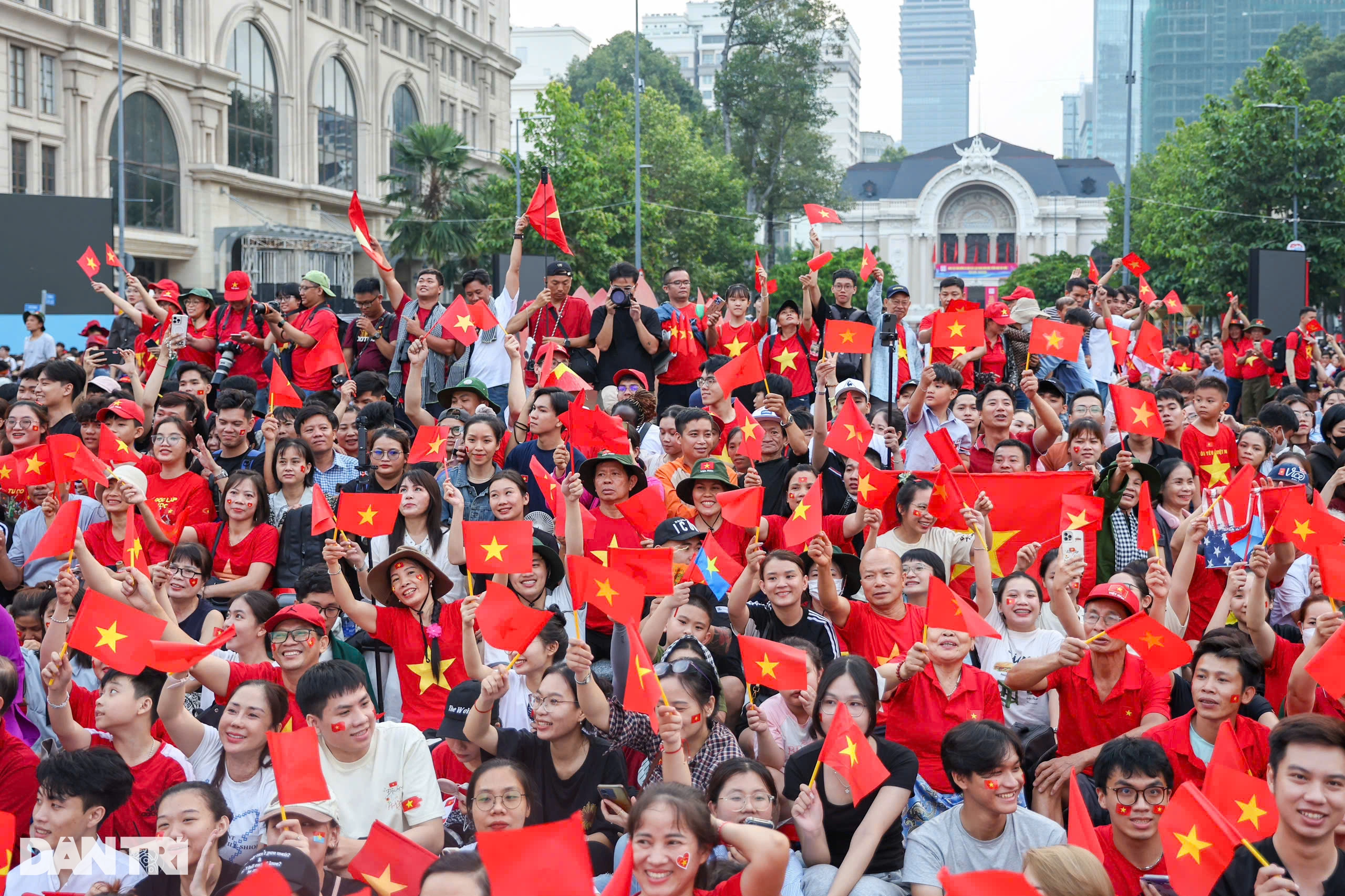
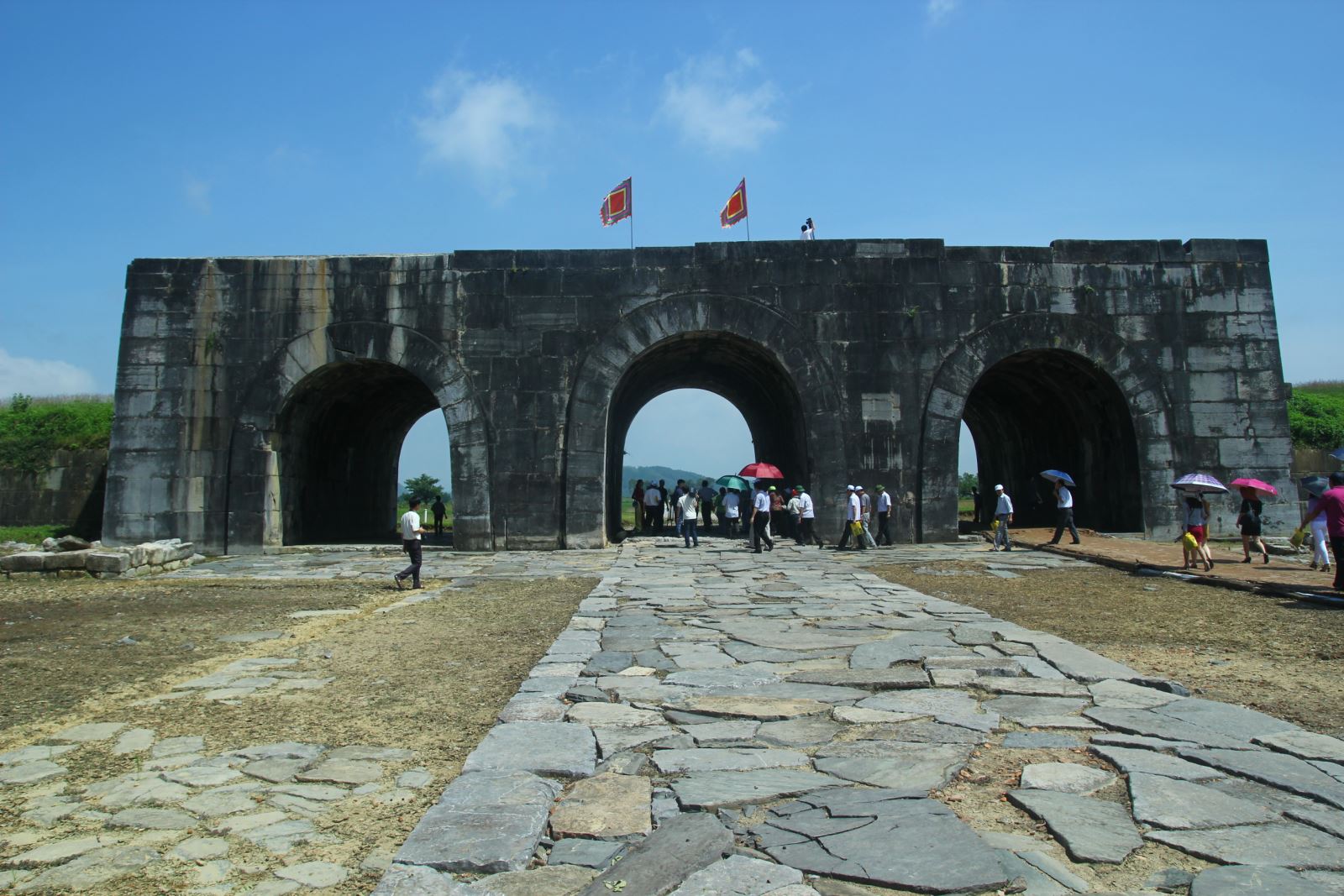







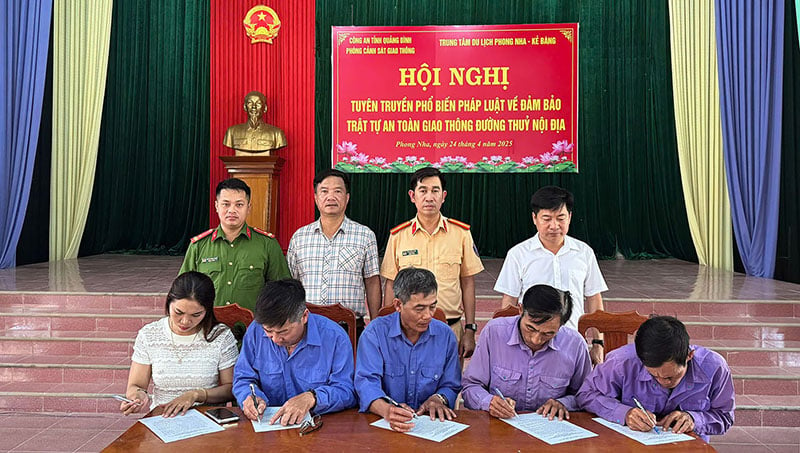

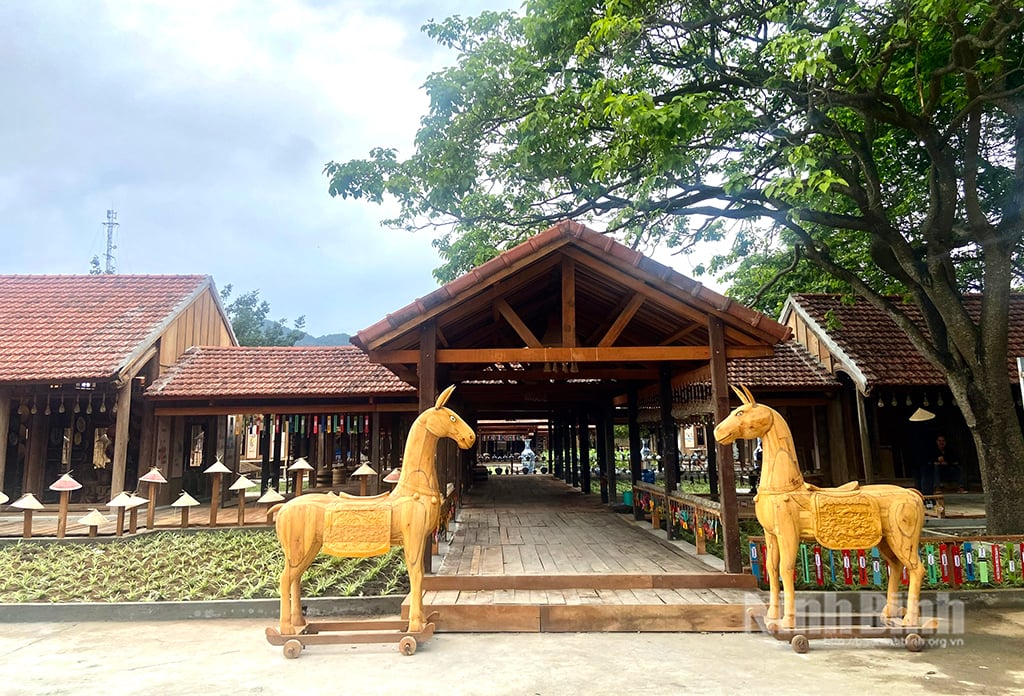



















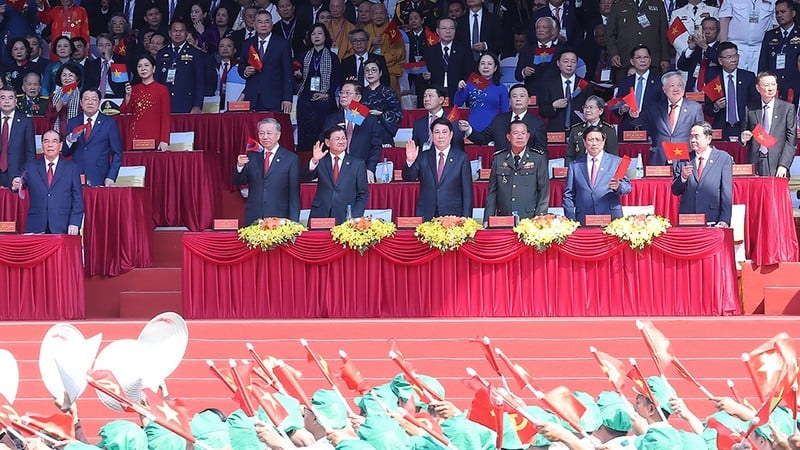
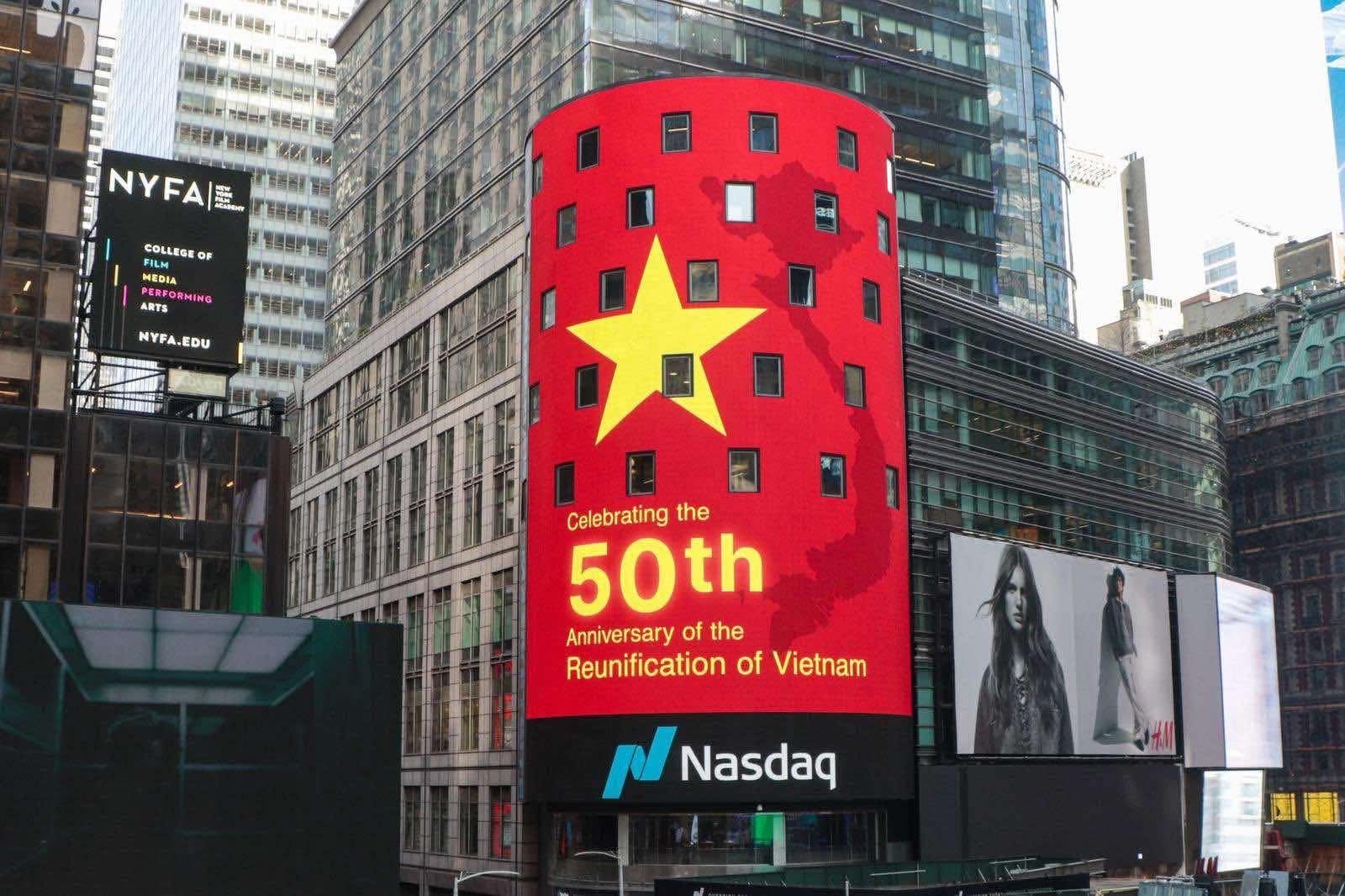























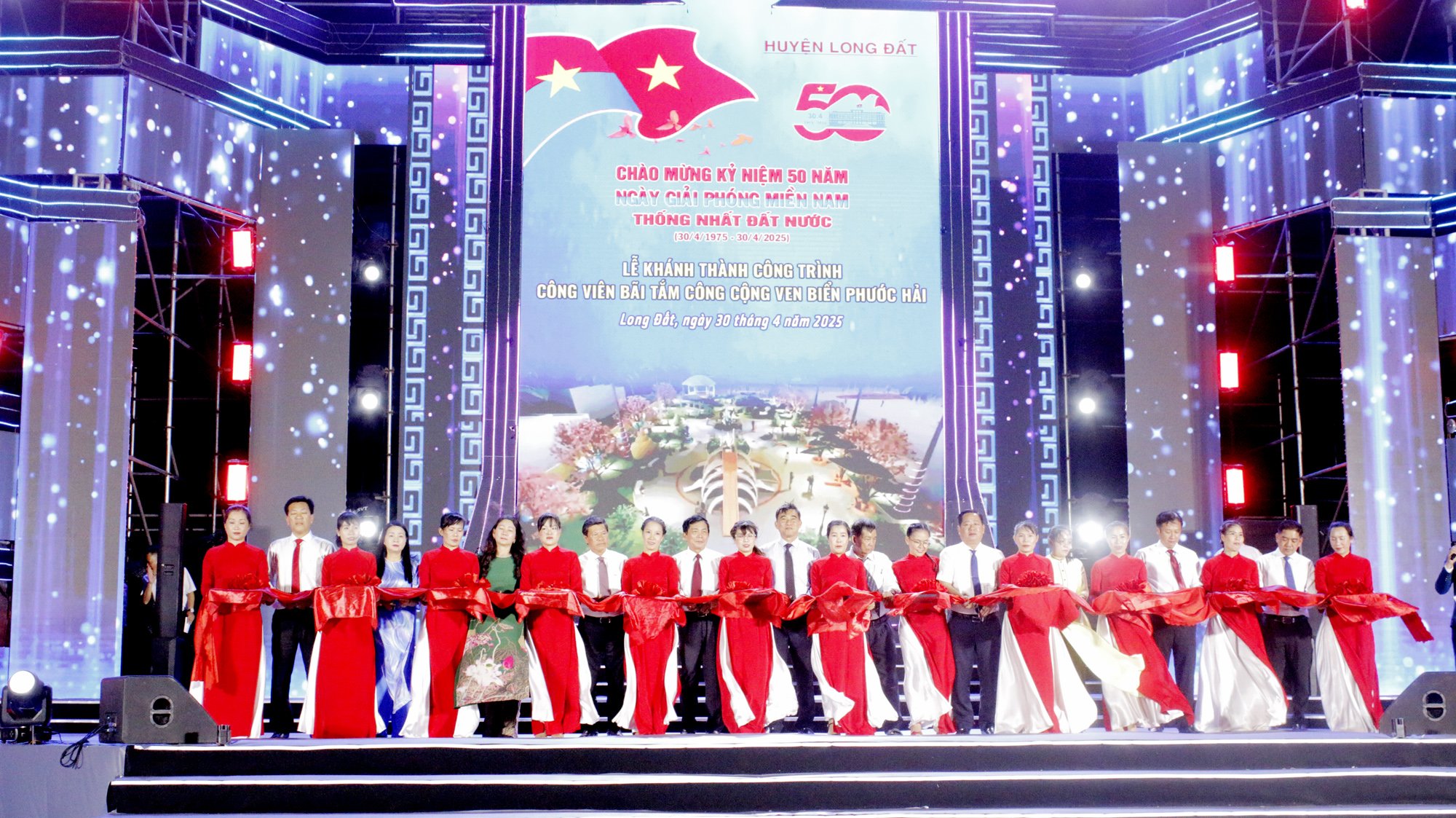






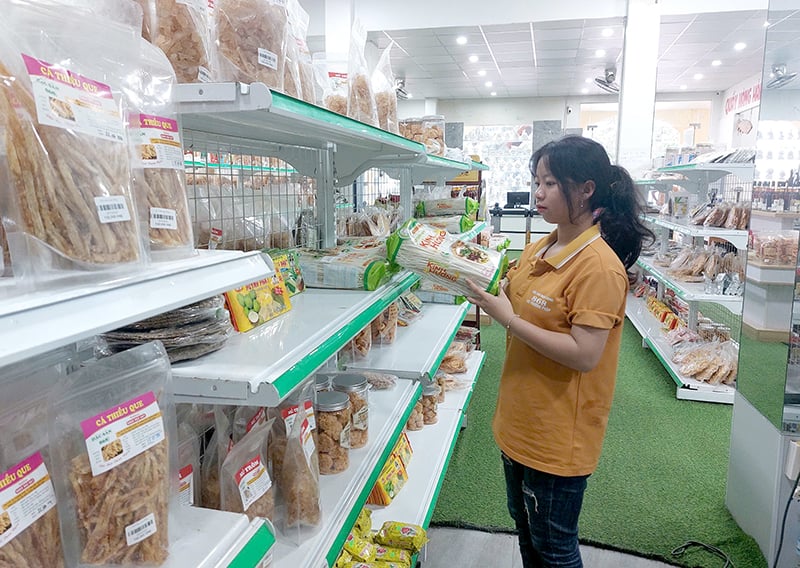
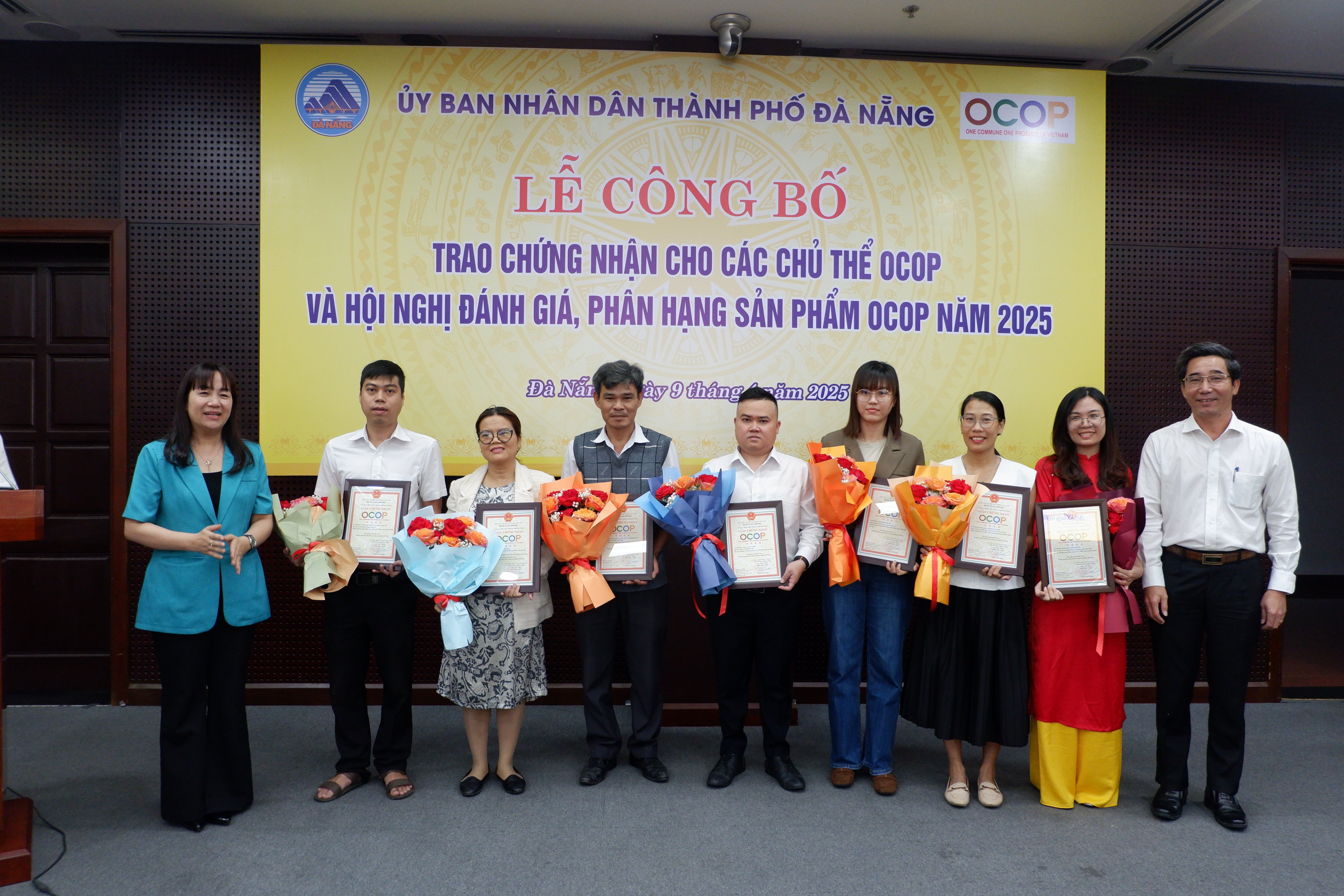

Comment (0)